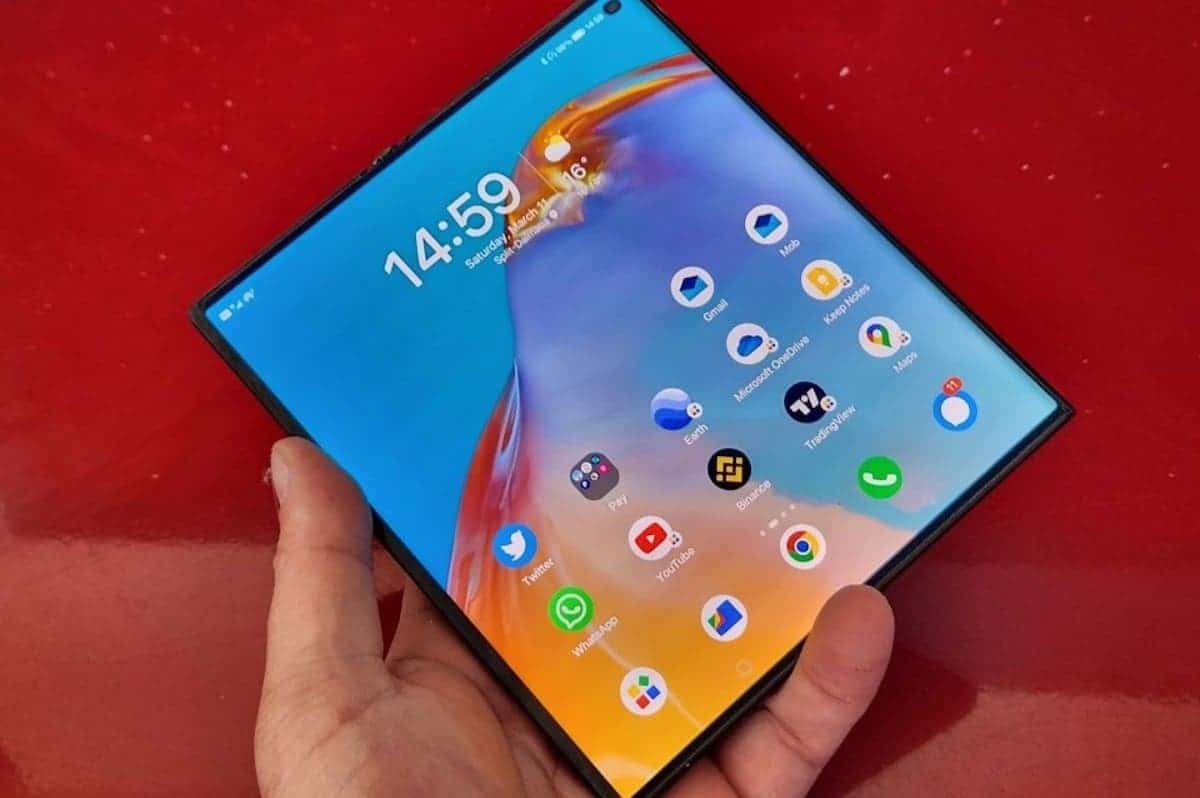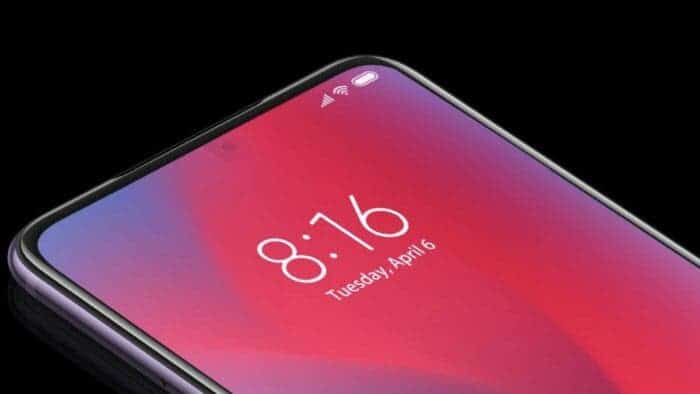For years, smartphone screens have stretched, pixels shrank, and bezels slimmed in pursuit of the ultimate vision: a phone that’s all screen, no distraction. While notches and punch-hole cameras offered temporary solutions, the allure of a truly bezel-less display remained – a canvas uninterrupted by any visible intrusions. Now, a new wave of technology is emerging, promising to finally crack the code: under-display tech.
Under-Display Tech Boom: Peeking through the Pixel Curtain

Imagine a phone where the selfie camera seamlessly blends into the screen, visible only when activated. Fingerprint sensors disappear, replaced by the invisible touch of your fingertip anywhere on the display. Even speakers seemingly whisper from the fabric of the phone itself. This is the tantalizing vision of under-display technology, and its potential is undeniable.
The True Full-Screen Dream: Unfettered Pixels and Sleek Aesthetics
A phone without bezels isn’t just a matter of aesthetics; it’s a design revolution. Imagine watching movies without black bars interrupting the action, playing games where your field of view expands beyond the confines of the screen, or browsing webpages without visual barriers. Under-display tech promises to shatter these limitations, offering an immersive experience unlike anything we’ve seen before.
But the benefits extend beyond the visual. Bezel-less phones open up new possibilities for functionality. Imagine integrating pressure-sensitive controls directly into the display, allowing for intuitive gestures and interactions that go beyond tapping and swiping. Imagine sensors embedded throughout the screen, providing context-aware features like automatic brightness adjustments based on your gaze or hand gestures. The possibilities are as boundless as the uncluttered canvas under-display tech provides.
A phone without bezels isn’t just a matter of aesthetics; it’s a design revolution. Imagine:
- Watching movies without black bars interrupting the action.
- Playing games where your field of view expands beyond the confines of the screen.
- Browsing webpages without visual barriers.
Under-display tech promises to shatter these limitations, offering an immersive experience unlike anything we’ve seen before. But the benefits extend beyond the visual. Bezel-less phones open up new possibilities for functionality. Imagine:
- Integrating pressure-sensitive controls directly into the display for intuitive gestures and interactions that go beyond tapping and swiping.
- Sensors embedded throughout the screen providing context-aware features like automatic brightness adjustments based on your gaze or hand gestures.
Privacy Concerns and the Performance Paradox
However, this leap into the future comes with its own set of challenges. One of the most prominent concerns is privacy. With hidden cameras lurking beneath the screen, the potential for covert surveillance rises. While manufacturers assure us of robust security measures, the lack of a physical barrier to the camera lens can feel unsettling. Balancing user trust with the technological allure of under-display cameras will be a critical hurdle to overcome.
Another challenge lies in sensor performance. Placing a camera or sensor under layers of display material inevitably affects its performance. Early iterations of under-display cameras suffered from reduced image quality, washed-out colors, and slower autofocus. While advancements are rapidly addressing these issues, the trade-off between aesthetics and sensor efficacy remains a balancing act. Finding the sweet spot where functionality doesn’t compromise the vision of a seamless screen will be crucial for widespread adoption.

Delving Deeper: Cameras, Sensors, and More Under the Hood
Beyond just cameras, the scope of under-display technology extends far and wide. Fingerprint sensors have already been successfully integrated beneath the screen, offering a more natural and convenient unlocking experience. Speakers too are venturing into the pixel realm, with attempts to utilize the entire display surface as a vibrating membrane for sound output. This opens up the possibility of directional audio and even haptic feedback synced with the on-screen visuals, further blurring the lines between the physical and digital realms.
However, venturing beyond cameras and basic sensors presents even greater challenges. Integrating complex components like proximity sensors, ambient light sensors, and even iris scanners seamlessly under the display becomes a game of miniaturization and material science. Finding materials that transmit the necessary signals while maintaining screen clarity and touch responsiveness will be crucial for unlocking the full potential of this technology.
The Road Ahead: From Hype to Reality
The under-display tech boom is a testament to our relentless pursuit of ever-slimmer, sleeker, and more immersive mobile experiences. While challenges remain, the rapid advancements in materials, component size, and processing power are paving the way for a future where screens truly become the face of our digital lives.
However, it’s important to remember that technology alone doesn’t create a revolution. Balancing innovation with user trust, ensuring that aesthetics don’t come at the cost of functionality, and addressing privacy concerns head-on will be key to ushering in the era of the true full-screen phone. The under-display tech boom is more than just a technological feat; it’s a test of our ability to design technology that not only looks stunning but also seamlessly integrates into our lives, respecting our privacy and enhancing our experiences. As we peek through the pixel curtain, it’s not just a glimpse of the future we see, but a reflection of our values and the direction we choose to take in this ever-evolving digital landscape.





